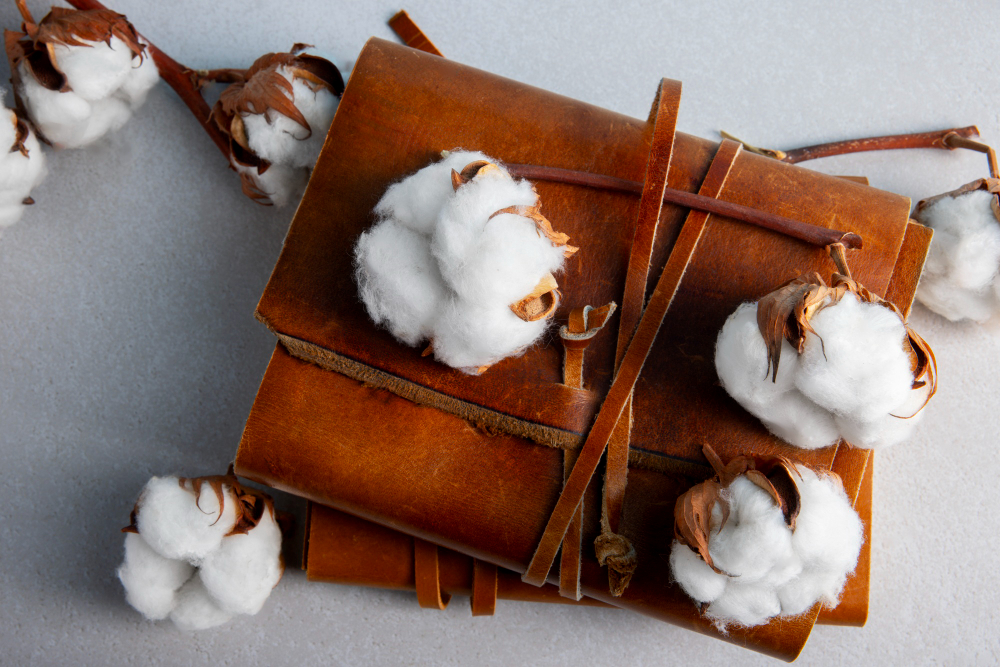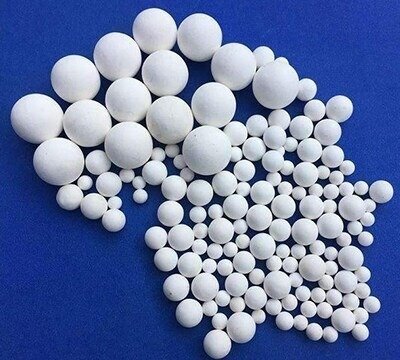CB Cotton – Wikipedia: A Comprehensive Guide

CB Cotton, often referred to in agricultural and textile circles, is a term that might not be widely recognized outside these industries. If you’ve searched for “CB Cotton – Wikipedia”, you’re likely looking for detailed information about this specific type of cotton. While Wikipedia may not have a dedicated page for CB Cotton yet, this blog post aims to provide a thorough overview, covering its definition, characteristics, benefits, uses, and significance in the textile industry.
By the end of this article, you’ll have a clear understanding of what CB Cotton is, how it differs from other cotton varieties, and why it plays a crucial role in global textile production.
What is CB Cotton?
CB Cotton stands for “Cotton Bales” or may refer to a specific variety or brand of cotton, depending on the context. In the textile and agricultural sectors, CB Cotton typically refers to high-quality cotton bales that meet certain industry standards for fiber length, strength, and purity.
Cotton bales are compressed bundles of raw cotton fibers, processed and packed for easy transportation and storage before being spun into yarn for textile manufacturing. The “CB” designation could also relate to a particular cotton hybrid or genetically modified (GM) cotton strain developed for better yield and pest resistance.
Key Characteristics of CB Cotton
- Fiber Length (Staple Length):
- CB Cotton usually has a medium to long staple length, making it suitable for high-quality fabric production.
- Longer fibers result in stronger, smoother, and more durable yarn.
- Strength & Durability:
- The tensile strength of CB Cotton fibers ensures that fabrics made from it are long-lasting.
- Purity & Cleanliness:
- CB Cotton is often well-ginned, meaning it has fewer impurities like leaves, stems, or dirt.
- Moisture Absorption:
- Like most cotton varieties, CB Cotton is highly absorbent, making it ideal for clothing and home textiles.
- Versatility in Textile Production:
- Used in everything from apparel (T-shirts, denim, dresses) to home textiles (towels, bedsheets).
Types of Cotton vs. CB Cotton
Not all cotton is the same. Different varieties are cultivated based on climate, soil conditions, and intended use. Here’s how CB Cotton compares to other well-known types:
1. Upland Cotton (Gossypium hirsutum)
- Most widely produced cotton (about 90% of global supply).
- Shorter staple fibers compared to CB Cotton (if CB is a long-strain variety).
2. Pima Cotton (Gossypium barbadense)
- Extra-long staple (ELS) cotton, known for luxury fabrics.
- Similar to high-quality CB Cotton but often more expensive.
3. Egyptian Cotton
- Another ELS cotton, famous for softness and durability.
- CB Cotton may match its quality if processed well.
4. Organic Cotton
- Grown without synthetic pesticides or GMOs.
- CB Cotton could be organic or conventional, depending on farming practices.
5. Bt Cotton (Genetically Modified)
- Engineered for pest resistance.
- Some CB Cotton variants may be Bt hybrids for higher yield.
The Production Process of CB Cotton
Understanding how CB Cotton goes from farm to fabric helps appreciate its value:
1. Cultivation
- Cotton plants require warm climates (India, USA, China, Pakistan are top producers).
- CB Cotton may be a hybrid variety designed for higher productivity.
2. Harvesting
- Manual or machine-picked, affecting fiber quality.
- CB Cotton is typically machine-ginned for efficiency.
3. Ginning
- Separation of cotton fibers from seeds.
- CB Cotton undergoes strict quality control to remove impurities.
4. Baling & Compression
- Raw cotton is pressed into bales (each bale ≈ 500 lbs).
- CB Cotton bales are standardized for global trade.
5. Spinning & Weaving
- Fibers are spun into yarn, then woven/knitted into fabric.
- High-quality CB Cotton produces smooth, durable textiles.
Advantages of CB Cotton
Why is CB Cotton preferred in the textile industry?
1. Consistent Quality
- Meets industry benchmarks for fiber length and strength.
2. Cost-Effective
- Balances quality and affordability, unlike premium Pima or Egyptian cotton.
3. Wide Applications
- Used in everyday clothing, medical textiles, and industrial fabrics.
4. Sustainable Options
- Some CB Cotton is grown with water-efficient and eco-friendly practices.
5. Supports Global Trade
- Cotton bales are a major commodity in international markets.
CB Cotton in the Global Market
Cotton is one of the most traded agricultural commodities. Here’s how CB Cotton fits into the global supply chain:
Top Producing Countries:
- India (Largest producer)
- USA (High-quality exports)
- China (Major consumer & producer)
- Pakistan & Brazil (Significant contributors)
Export & Import Trends
- CB Cotton bales are shipped worldwide for textile manufacturing.
- Prices fluctuate based on demand, weather conditions, and trade policies.
Challenges in CB Cotton Production
Despite its benefits, CB Cotton faces several challenges:
1. Pest Infestations
- Bollworms and other pests can damage crops.
- Bt Cotton hybrids help but face resistance issues over time.
2. Water Consumption
- Cotton farming is water-intensive, raising sustainability concerns.
3. Price Volatility
- Global market shifts impact farmers’ profitability.
4. Competition from Synthetic Fibers
- Polyester and other synthetic fabrics offer cheaper alternatives.
Future of CB Cotton
Innovations in cotton farming and textile technology are shaping the future of CB Cotton:
1. Genetic Engineering
- Drought-resistant and pest-resistant CB Cotton varieties in development.
2. Sustainable Farming
- Organic CB Cotton and regenerative agriculture practices are gaining traction.
3. Digital Traceability
- Blockchain technology helps track CB Cotton from farm to fashion.
4. Circular Fashion
- Recycling CB Cotton waste into new fabrics reduces environmental impact.
Conclusion
While “CB Cotton – Wikipedia” may not yet have a dedicated page, this guide covers everything you need to know about this essential cotton variety. From its superior fiber quality to its role in global textile production, CB Cotton remains a cornerstone of the industry.
As sustainability and innovation drive the future of cotton farming, CB Cotton will continue to evolve, ensuring its place in both fashion and functional textiles. Whether you’re a farmer, manufacturer, or consumer, understanding CB Cotton helps make informed choices in a competitive market.
Would you like to see a Wikipedia page for CB Cotton? Share your thoughts in the comments!



















